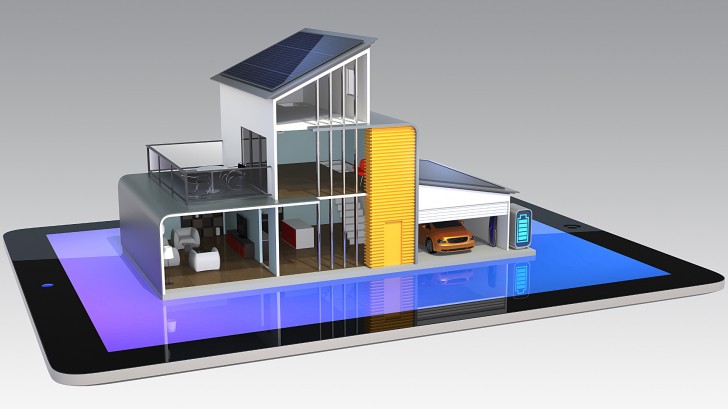The number of connected devices increases by the day. According to Cisco, the networking giant, the number of connected Internet of Things Gadgets will soar to a staggering 50 billion by 2020. Even though most of the designers and manufacturers will be focusing on creating intelligent sensors and actuators, experts believe that a couple of rudimentary yet useful gadget will hold their role in home automation.
Surveillance cameras
Hidden security cameras will play a central role in home automation and security. Expect developers to come up with intelligent platforms that leverage captured footage and use it to drive other gadgets in the house. Face and voice recognition algorithms could be used to identify room occupants and modify the ambiance to their specific preferences while security systems that can identify suspicious movement could trigger an alarm when your family is held hostage.
Wireless will rule
The non-intrusive nature of wireless home automation systems will win the masses. Homeowners fancy wireless systems, as they do not have to call in professionals for an elaborate networking process. This means that even tenants will feel free to install and uninstall home automation solutions regardless of their estimated tenure length.
You smartphone will be your remote control
Android, Windows and iOS developers will have more control over different home automation APIs. They will have the power to develop innovative apps that will turn your smartphone or tablet into an all-powerful remote control for your automated home. You will have the power to control and monitor your home without sitting down at a computer terminal.
People will go green
More and more people will embrace energy saving or renewable energy powered gadgets. This could either be from the desire to cut down on utility bills or out of genuine compassion for the future generation. Expect to see more ambient light powered gadgets or counterparts super effective components that can run on an AA battery for years.
LEDs will light up the future
Most homeowners will adopt the more responsive LED lights for regular lighting and occasional decoration. LEDs are energy efficient and you can always dim or change their color as you please. This could work hand in hand with other sensors in the house, for instance a motion sensor or the surveillance camera to modify the light or automatically switch off the lights when you walk out of the room.


Be the first to comment